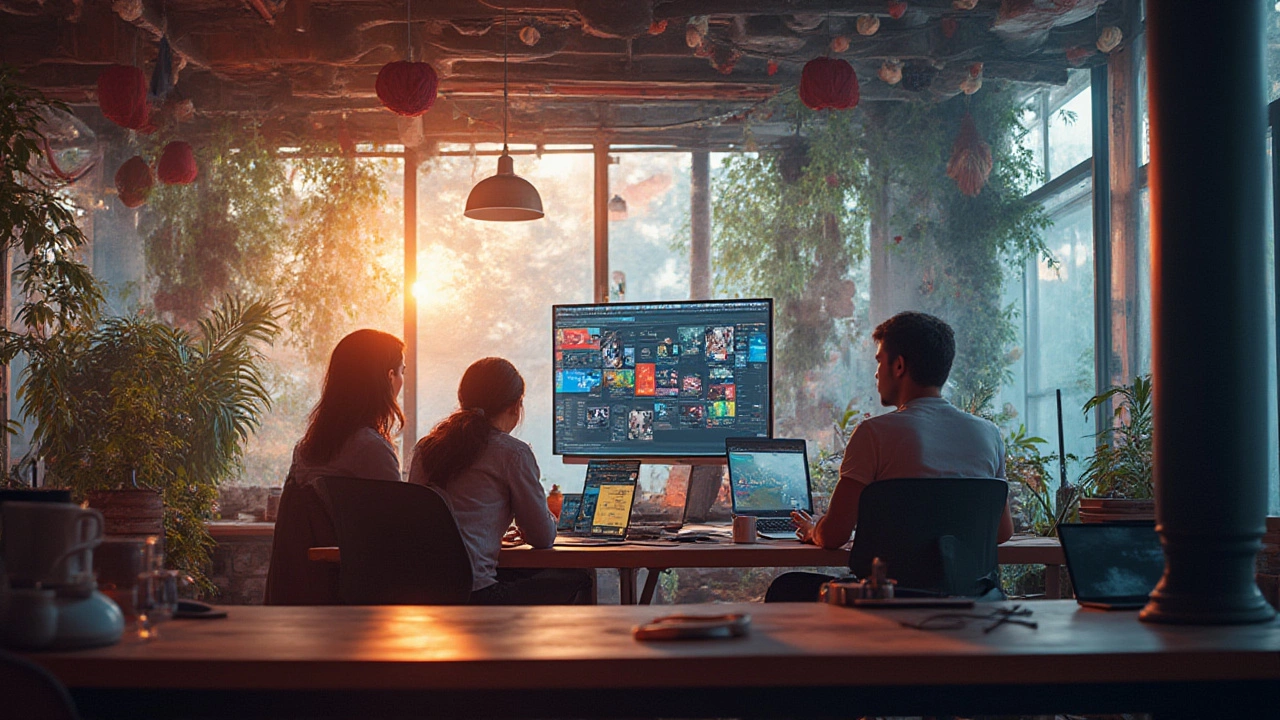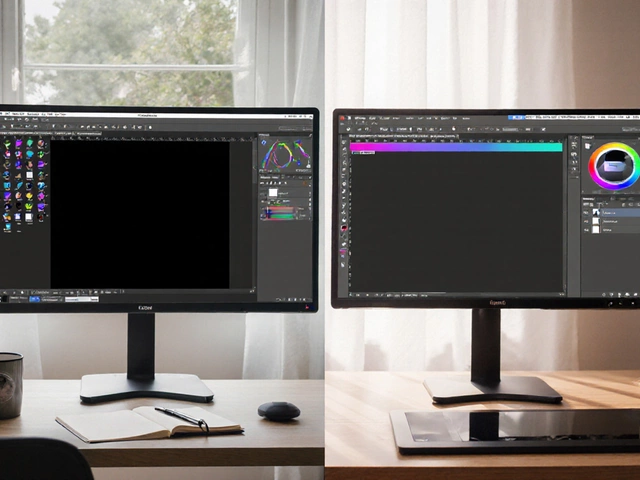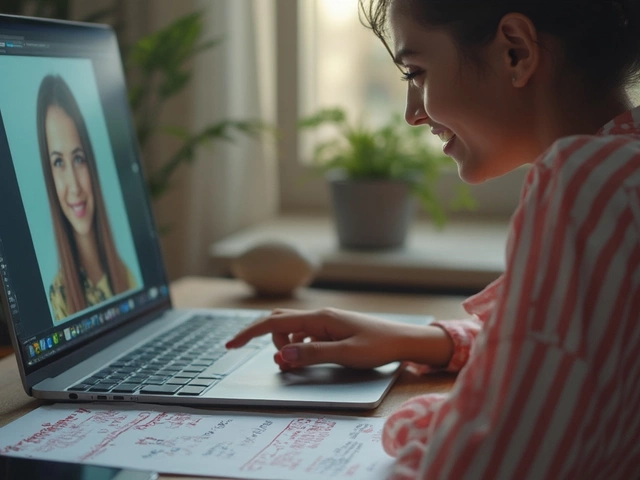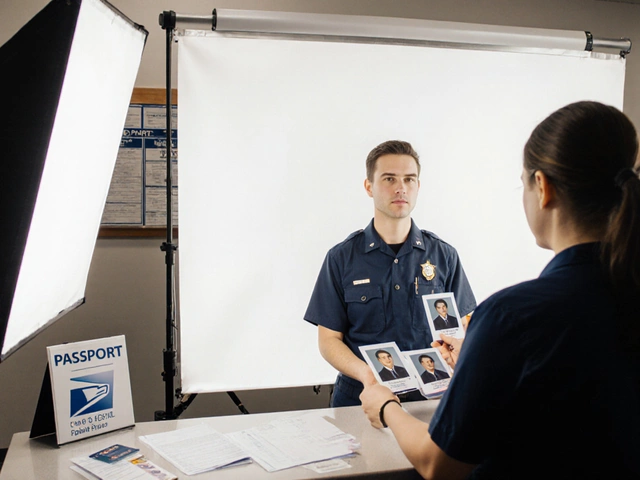Remember when "Photoshopping" meant just one thing? Not anymore. The days when Adobe Photoshop ruled unchallenged are pretty much gone—now creative folks are turning to slick, powerful alternatives, both free and paid. The funny thing is, a lot of those tools do things faster, they’re cheaper, and some even work entirely in your browser. What’s steering this shift? Call it subscription fatigue, cost, or just a fresh urge to find the right fit outside of the Adobe bubble. Even my son Kiaan points out free apps to edit his photos (which honestly look better than what I could do at his age).
Why Are Creatives Ditching Photoshop?
Let’s be real: Photoshop is a beast. It’s been the kingpin since ’88. But that’s also the problem—it’s gotten so overwhelming, bloated, and expensive that creatives are craving something simpler and lighter. Subscriptions are a pain—Adobe’s $20+ per month thing adds up when you just need to crop cat photos or create memes for your Facebook group. And if you’re a freelancer or just messing around for fun, that price just feels overkill. Also, people are working across retro laptops, brand new iPads, and even Chromebooks, and Photoshop isn’t as smooth everywhere as you’d expect in 2025.
Security scares haven’t helped. Earlier last year, a bug in the Photoshop cloud sync spooked users by syncing files without warning. Suddenly, designers wanted offline options—especially when they're working on sensitive brand projects. The rise of remote work also highlighted another flaw: Adobe’s licensing does not always play nice when you hop between work and home machines. Add to that cost concerns, and it’s easy to see why people explore alternatives. More and more users want tools that don’t lock them in with monthly fees, or force updates that mess with their workflow. And then there’s the learning curve. Photoshop can make new users feel lost, like they need a two-year degree just to erase a background. Alternative tools are riding this frustration wave, promising simple, quick edits without 900 different buttons or endless tutorials.
Flagship Alternatives to Photoshop: Paid Powerhouses
When you want muscle without the Adobe headache, a few standout apps are absolutely killing it in 2025. Most creatives I know either swear by Affinity Photo, use Procreate if they draw (especially on iPad), or try out Pixelmator Pro for Mac. Let’s take Affinity Photo first—this thing is a straight-up Photoshop rival, but you pay once (usually around $70, and sometimes as cheap as $30 during sales). It opens PSD files, runs faster than Photoshop on a lot of new hardware, and keeps adding clever tools. In Affinity’s online forums, lots of designers say their workflow is smoother because they’re not stuck updating the software constantly or worrying about subscriptions lapsing.
Procreate is huge for artists, especially kids and teens who want to sketch and paint. It’s only on iPad, but it’s a one-time buy (still under $20). The brush engine feels more natural for digital painting than Photoshop ever did. People post insane speedpaints on TikTok and Instagram, and tutorials are all over YouTube. The best part? You can import Photoshop brushes and export PSDs when you need them—without paying extra.
Pixelmator Pro is a Mac thing, and it keeps surprising everyone by bundling photo editing, retouching, and graphic design in one slick package. It’s AI-powered tools (like Smart Replace or Magic Background Eraser) save tons of time. If you’re deep in the Apple world and working with photos or mockups for web, a lot of users ditch Photoshop, trust Pixelmator, and don’t look back.
There are other niche pros: Corel’s PaintShop Pro (especially popular with photographers who avoid Macs), and subscription apps like Canva Pro (for visual content creators who want drag-and-drop templates more than nitty-gritty photo retouching).
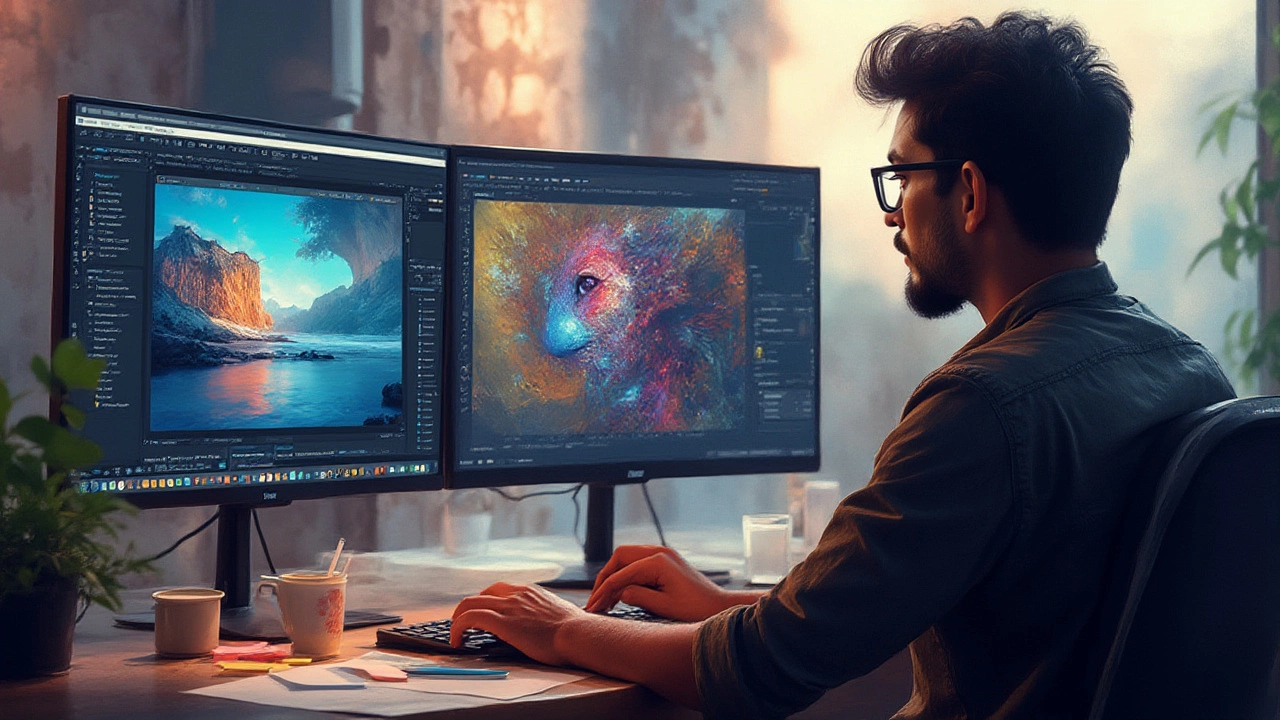
The Best Free and Open-Source Photoshop Alternatives
Now, not everyone wants to cough up money, even for a better deal. Enter the free and open-source scene. GIMP (GNU Image Manipulation Program) is still the titan here, mostly because it’s super powerful, runs on almost any system, and is totally free. It’s the standard advice you’ll spot on Reddit and design blogs—especially if you’re editing RAW images or making GIFs. GIMP’s got a clunky interface, no sugarcoating it, but the online community is massive, and you’ll find plugins for nearly everything. They even have an active Discord server where newbies can ask for help, which is really rare for free software.
Krita started out for digital painting, but its photo tools got a serious upgrade in 2024. Kids like Kiaan are using Krita on Chromebooks for school art projects—it’s lightweight and looks friendlier than GIMP. Linux fans are obsessed with it due to its open nature and the lack of annoying ads.
There’s also Paint.NET for Windows users. Don’t let the basic name fool you—it covers 90% of what most bloggers and meme-makers need. College kids use it for flyers, influencers use it for Instagram graphics, and a whole crop of TikTok “how to” videos keep bringing in new users.
Pixlr and Photopea are big browser-based picks. Photopea, in particular, can open PSDs and feels ridiculously close to Photoshop itself—no install needed, and you don’t even have to make an account. Travel bloggers use it on public computers. You can crop, mask, dodge and burn, all from Chrome, and it saves to Google Drive or Dropbox. No strings, no hidden costs.
Mobile-First Editors: Creating on the Go
This is where the Photoshop game totally changes. Phones and tablets are everyone’s go-to devices, and my kid, Kiaan, edits his YouTube thumbnails from his phone faster than I can boot my PC. Two years back, most phone editing apps felt like cheap novelties, but that’s not true anymore—apps like Snapseed (by Google) and Canva’s mobile app deliver pro-level results, fast. Snapseed handles RAW files, supports layers, and has non-destructive editing—let that sink in. You’re using a free app, no ads, that can outdo what Photoshop Mobile could do even last year.
Lightroom Mobile isn’t a Photoshop clone, but for quick edits and color grading, serious photographers swear by it. The free tier is pretty generous, letting you sync across devices and shoot directly in RAW. In a recent survey by PetaPixel, more photo pros said they used Lightroom Mobile for social media editing than the desktop version.
Then there’s Canva—yes, it’s everywhere, and yes, people love it for a good reason. The mobile app means you can whip up a presentation, social media post, or even edit a video while you’re in a cab. It’s crazy how it’s become the default for small biz marketing, adding showy AI features every year. Canva’s one-click background remover and text overlay tools are so fast, they make Photoshop’s older mobile tools seem clunky by comparison.
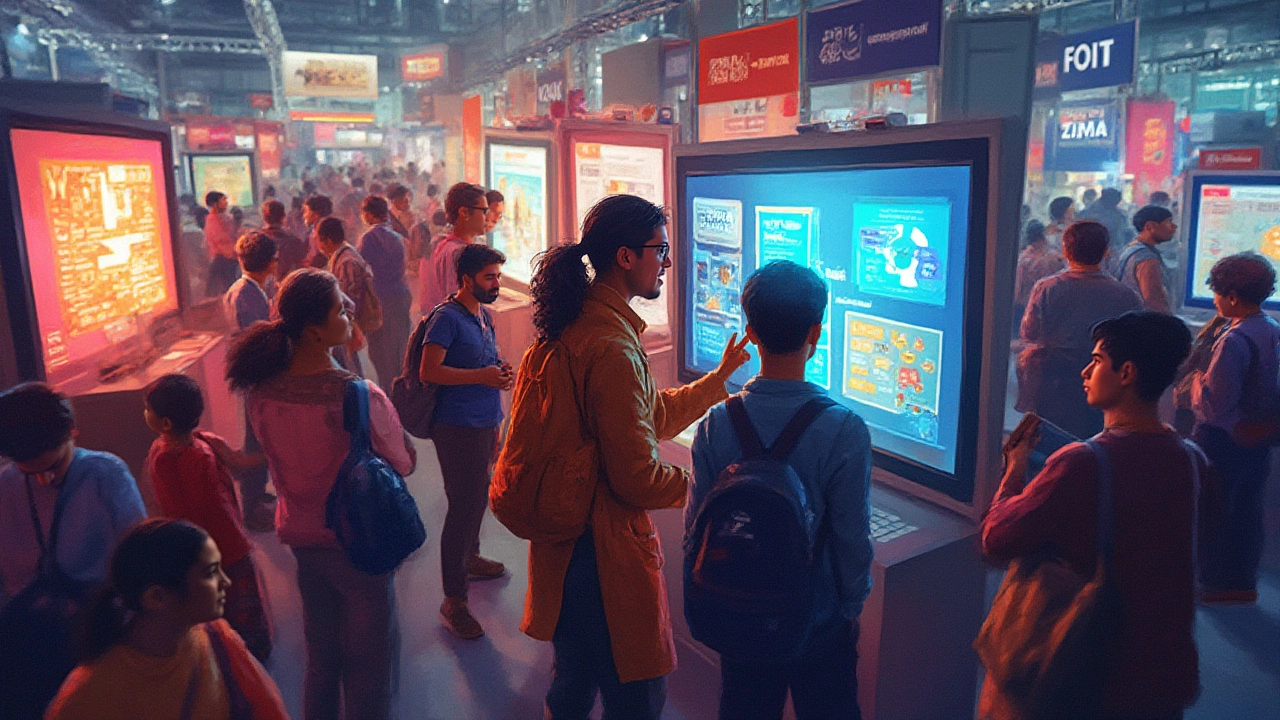
AI Takes the Wheel: How Smart Tools Are Changing Photo Editing
The wild card in this whole game: AI. Forget about having to draw every mask or labor over every adjustment. Now, photo editors come loaded with machine-learning features that take tedious stuff off your plate. Luminar Neo is a favorite among landscape photographers for its AI Sky Replacement. Click a button—boom, your cloudy sky is now sunset-perfect.
Remove.bg nailed AI background removal so well, even big e-commerce brands use it for quick product cutouts instead of hiring designers for every photo batch. Background removal, AI upscaling (think Gigapixel AI), and one-click enhancements are now built into almost every popular alternative.
Even browser-based editors like Fotor or BeFunky throw in smart filters and facial retouching that were once only possible with serious Photoshop skills. You upload your selfie, pick a filter, and the AI wipes away blemishes or brightens your smile automatically. For YouTube creators or Instagram influencers, these time-savers are gold.
Don’t overlook the newer kids: Leonardo.Ai and Clipdrop are trying new things—prompt-based editing, image expansion, and style transfer. They’ll grow fast, especially as AI gets better at understanding what you actually want, not just what a slider does.
So, who’s using what? It’s a mix. Designers juggling client work might have Affinity or Pixelmator Pro. Art students still love Krita. Social creators are glued to Canva and Snapseed. Power users batch-edit product shots in Luminar Neo or Capture One. Kids and hobbyists? They go straight to browser apps or free tools that just work.
If you’re hunting for the right fit, test these out. Most offer free trials, some won’t ever charge you, and there’s always a YouTube tutorial just a search away. The Photoshop era isn’t totally dead, but the digital playground is way more crowded now—and creativity wins when you’re not stuck on one tool.
